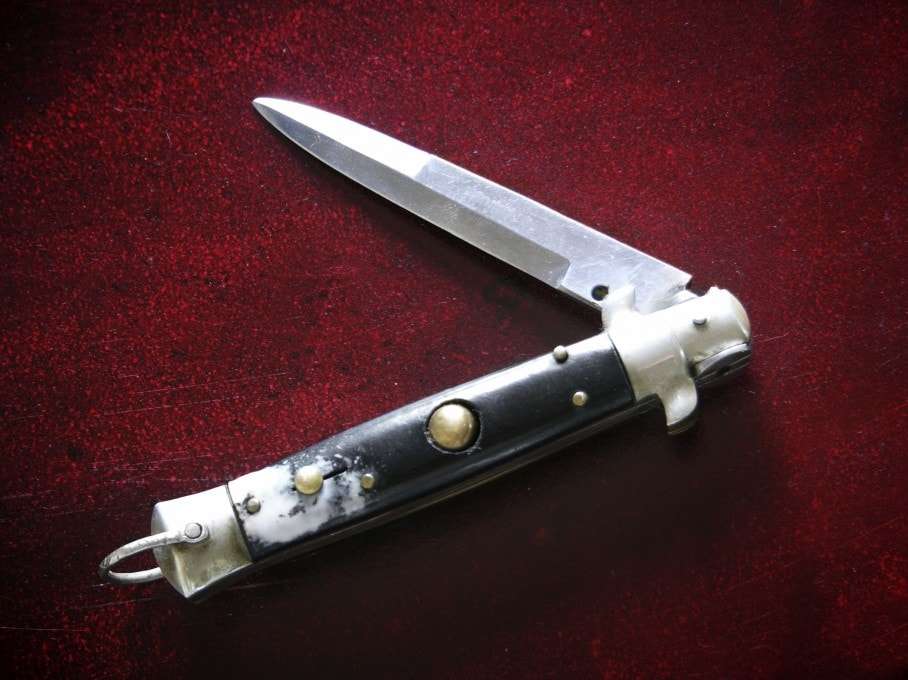The Volokh Conspiracy
Mostly law professors | Sometimes contrarian | Often libertarian | Always independent
Home possession of switchblade knives protected by the Second Amendment

So the Wisconsin Court of Appeals held today in State v. Herrmann. The court concluded that the Second Amendment protects knives as well as guns, because, among other things,
- Knives are no more lethal than handguns.
- "Although the Heller Court emphasized that handguns are frequently used for self-defense, we do not think Heller can be read to create different levels of protection for different types of arms that fall under the Second Amendment, based on their popularity," especially given that the lack of popularity of switchblades may stem from their prohibition in many states.
- Switchblades have certain advantages over guns and other knives for some people: "An automatic knife is safer than a gun or a fixed blade knife and can be just as effective. For safety reasons people with children may not want guns around the house. People with limited financial resources who may not be able to afford a proper gun likely would be able to afford an effective $10 automatic knife. Finally, for people who are excluded from lawful gun ownership, an automatic knife may be the most effective arm available."
The court also concluded that, whether one applies intermediate scrutiny or strict scrutiny to the switchblade ban, the ban fails such scrutiny, at least as applied to home possession.
The State argues [the ban] serves an important governmental objective - namely, protecting the public from the danger of potentially lethal surprise attacks posed by individuals using switchblade knives. However, the State cites no evidence to establish that this danger actually exists to any significant degree. Again, the State has the burden to establish that § 941.24(1) satisfies intermediate scrutiny, and it must do so by showing the existence of real, not merely conjectural, harm. Thus, on the record before us, we are not convinced that [the ban] serves an important governmental objective.
Moreover, as applied to Herrmann, [the ban] is not substantially related to the State's cited objective of protecting the public from surprise attacks. It is undisputed that Herrmann possessed his switchblade in his own home for his protection. The threat to the public of a surprise attack by a person possessing a switchblade in his or her own residence for the purpose of self-defense is negligible. Consequently, while banning possession of switch-blades in other settings might be substantially related to the State's cited objective of protecting the public from surprise attacks, prohibiting individuals from possessing switchblades in their own homes for their own protection is not.
The opinion also cites our own David Kopel's "Knives and the Second Amendment" (co-written with Clayton Cramer and Joe Olson), and offers an implicit safety tip, in explaining how the prosecution came about:
Herrmann was injured in his home while showing his switchblade knife to a friend. Herrmann dropped the knife, and when he tried to catch it, it stabbed him in the "left groin" area, cutting his femoral artery. One of Herrmann's friends called 911, and officers responding to the scene seized the switchblade.
The Wisconsin decision disagrees with the reasoning of a contrary 2015 New Mexico decision, State v. Murillo, but reaches the same result as an Oregon decision from the 1980s, State v. Delgado (decided under the Oregon Constitution's right-to-bear-arms provision).


Show Comments (0)